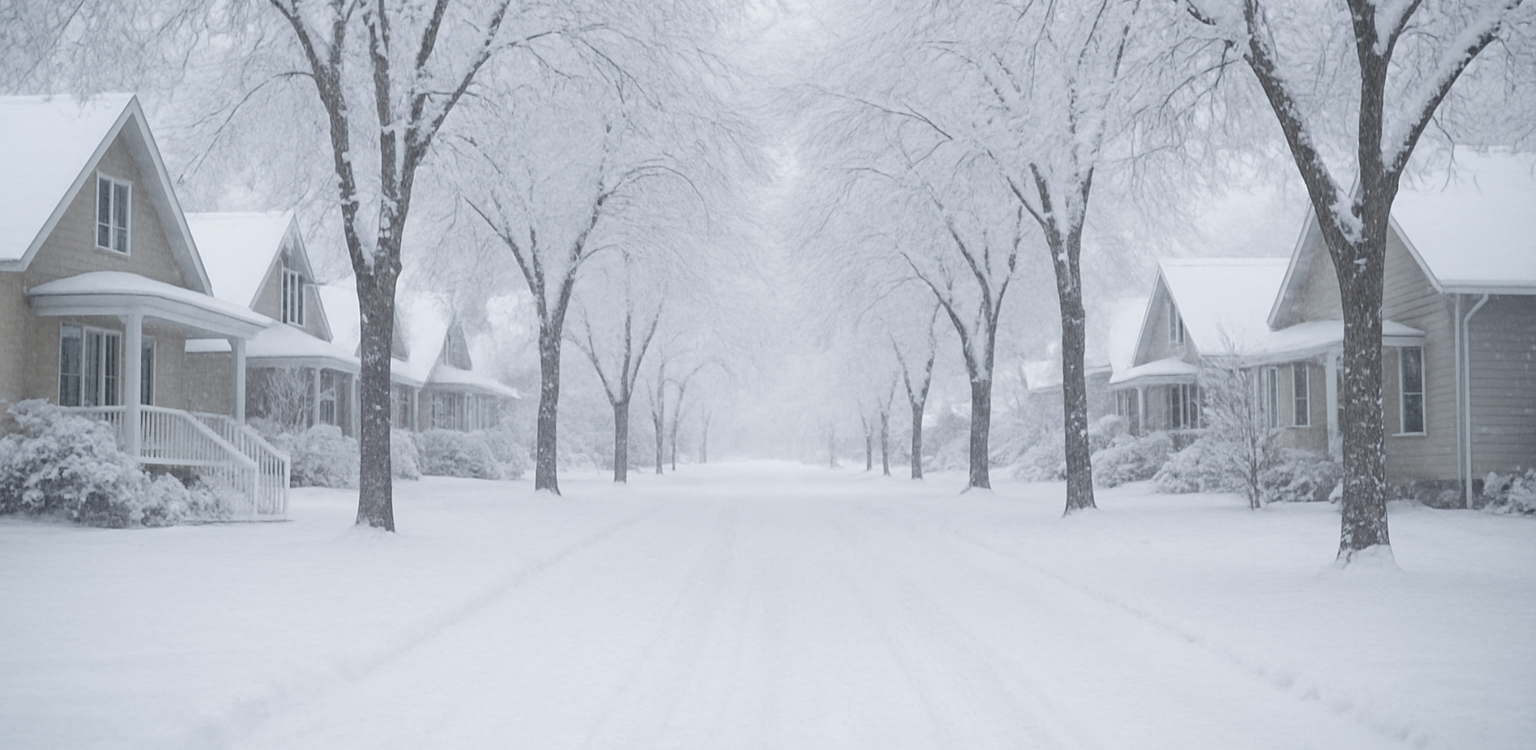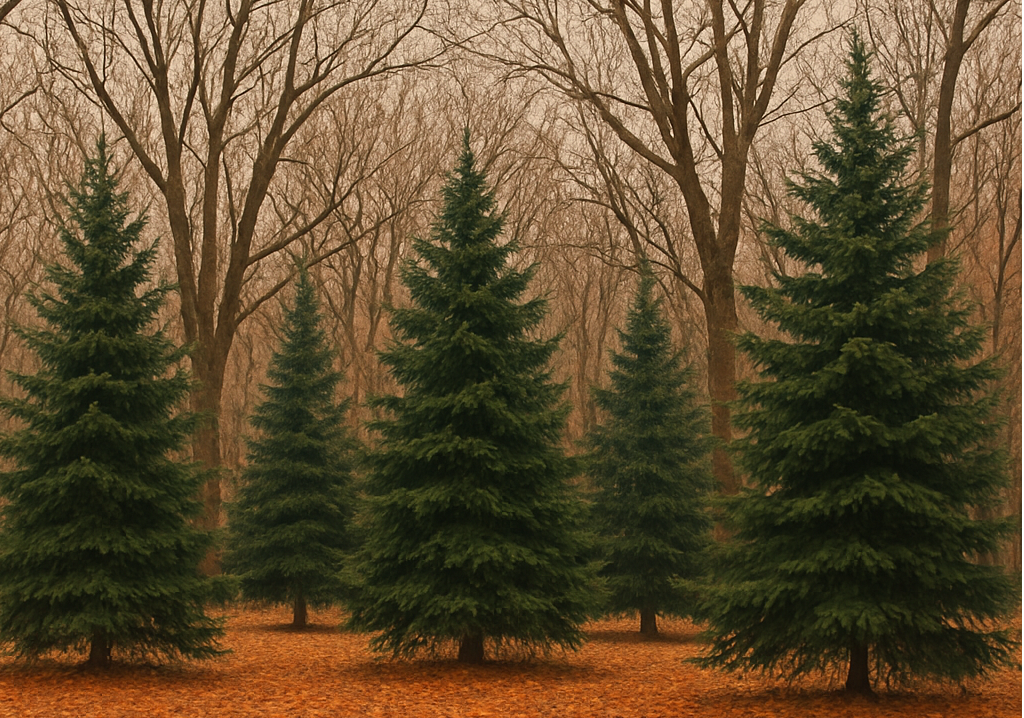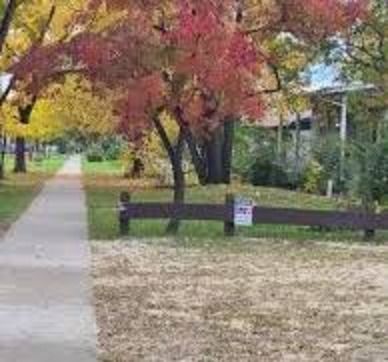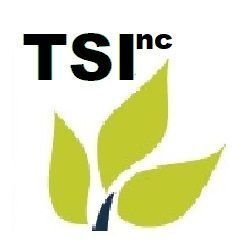The Importance of Professional Equipment in Tree Care: Why specialized tools make a difference in safety and results.
Trevor Soltys & Paul Kasper
🌳 Tree care may appear deceptively simple—trim a few limbs here, prune a branch there—but anyone who’s spent time working among trunks, roots, and canopies knows it’s anything but. Whether you're maintaining an urban landscape or clearing forested acreage, the difference between a job well done and a dangerous situation often comes down to the tools used. Professional equipment doesn’t just make tree care more efficient—it’s essential to doing the job safely, precisely, and with lasting results.
🔧 Safety First: Protecting Workers and Bystanders
Tree work is one of the most dangerous occupations in landscaping and arboriculture. Falling branches, unstable trees, chainsaw mishaps, and electrical hazards pose real threats. Here’s how professional-grade gear mitigates that risk:
- Climbing Equipment like harnesses, saddles, and friction savers are designed to distribute weight evenly and reduce fatigue, enabling arborists to move securely through the canopy.
- Chainsaws with safety features such as anti-kickback bars and chain brakes offer far better control than consumer-grade alternatives.
- Helmet systems with face shields and earmuffs protect against falling debris and noise exposure, helping prevent long-term injuries.
- Rope systems and rigging hardware let professionals lower limbs in a controlled fashion, avoiding crashes that could damage property or people.
Relying on basic tools or makeshift solutions raises the risk of injury. Professional gear is not just about comfort—it’s engineered for real-life scenarios, with rigorous safety testing to back it.
✂️ Precision and Efficiency
When it comes to results, specialized equipment empowers arborists to work with surgical precision:
- Pole pruners and telescoping saws allow for clean cuts at height without compromising technique.
- Wood chippers and stump grinders efficiently reduce debris and eliminate trip hazards—key for both aesthetics and functionality.
- Diagnostic tools like resistographs and sonic tomography help assess tree health internally, far beyond what the eye can see.
- Aerial lifts and bucket trucks make hard-to-reach places accessible, reducing the need for risky free-climbing.
These tools don’t just make work faster—they make it smarter. A poorly executed cut or neglected root issue can lead to disease, instability, or early tree death. Equipment designed for the job helps ensure each tree gets the care it needs to thrive.
🛠️ Investing in Longevity and Environmental Stewardship
Using professional equipment also aligns with broader goals of sustainability and conservation. Trees are valuable assets for ecosystems and communities—they clean air, provide shade, prevent erosion, and support biodiversity. Ensuring their care is handled with precision preserves these benefits.
Professionals armed with the right tools are more likely to:
- Recognize and treat signs of stress before they escalate
- Avoid over-pruning, which can weaken trees and lead to decay
- Perform structural pruning that improves wind resistance and canopy health
That’s not just good arboriculture—it’s responsible stewardship.
🌟 Conclusion: The Tools Shape the Outcome
Tree care is a craft, and like any craft, the tools matter. Specialized equipment transforms what could be a risky guesswork job into a thoughtful, skillful practice. It enhances safety, improves outcomes, and respects the value of our living landscapes.
Tree care maintenance is best left to skilled arborists: when it comes to tree service such as tree removal, pruning, disease or insect infestation treatments, professional tools aren’t a luxury. They’re an absolute necessity.







